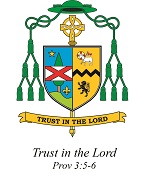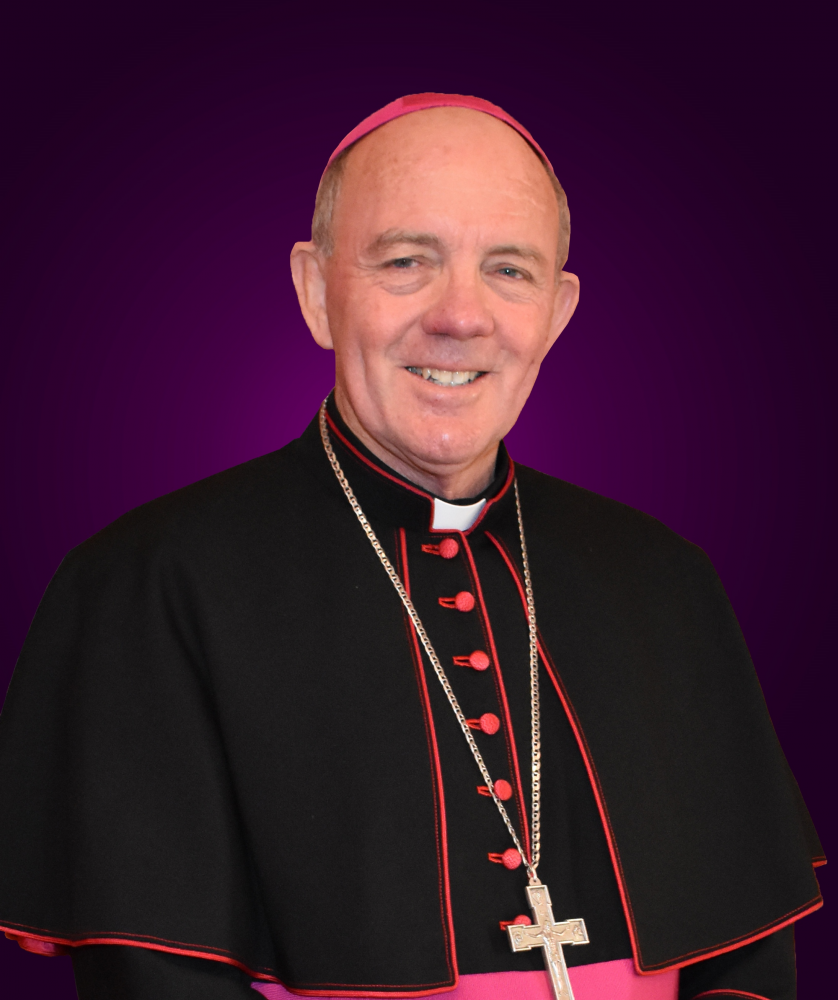 |
|
15 July 2022 After 5 days of intense listening and conversation among 253 delegates, I would like to give you an opportunity to read and reflect on the motions approved by the 5th Plenary Council of the Australian Catholic Church. Before my reflection, I would like to express my gratitude to all our Delegates who all made very positive contributions to the work of the Second Session and was well received by everyone. These motions, except one, received the necessary two thirds majority with the Consultative vote using online voting with TEAMS (the Consultative voters do not include the Deliberative voters (the Bishops). The Deliberative votes are then made by a secret written vote, and the motion requires two thirds of these votes to formally pass. One motion, similar to the intent of the Consultative vote did, not receive two thirds for approval. This motion was to change the Canon on Preaching to include Lay People for preaching. Sometimes the total numbers varied, as some delegates abstained from voting. The two thirds were based on the number of delegates who signed the attendance sheet for each day. As you can see in the final motions put to the vote (see below), the amendments are listed in red. Some amendments were simply agreed by all the Delegates from the floor, others required a formal amendment to be voted on, including the Bishops, before being put to the Consultative Delegates only for a formal vote, before being sent to the Deliberative Voters. This is a reflection of excellent interventions by everyone with the final motions capturing the intent of the Second Assembly. As you can see from the deliberative vote, the Bishops approved the intent of the Consultative Vote. There is nothing stopping the local Church working through these motions for implementation in their local diocese. The question is: ‘How can these Acts of the Plenary Council be implemented in our local Church and what process should we use in our local Church?’ How this happens will be different in every diocese which was the understanding of all delegates. What happens in the meantime? The Acts of the Plenary Council were signed individually by all Bishops present on the last day. The motions, once approved, become formally in Church language the Acts of the Council. The November Bishop’s Conference will formally approve the Acts and then they are sent to the Holy See for approval. Once approved, the Acts become the Decrees of the Fifth Plenary Council and law for the Church in Australia. Unfortunately, this process might take 12 months before they are formally promulgated for the Church in Australia. As I have said, this does not prevent the local churches from developing a process for the implementation of the Acts as they are now known. The discussions and the disquiet that happened on Wednesday, as a result of the deliberative vote on the motions for “Equality between Women and Men”, brought to light how Catholics with differing views can come together and resolve differences or misunderstandings. Everyone, including the bishops, worked through this process on Wednesday with grace and faith. It resulted in a better document for this section. The Plenary Council, with a sense of hope, with an awareness the Holy Spirit, had guided everyone, especially on that particular Wednesday, which was a difficult day. The process of implementing the Outcomes of the Council will now begin. My hope is the process used over the past four years for the Council, and particularly through the past week, will model how these decrees, and other matters, will continue as we commence working together on these Plenary Outcomes in the context of the Diocese of Geraldton. Bishop Michael Morrissey |



